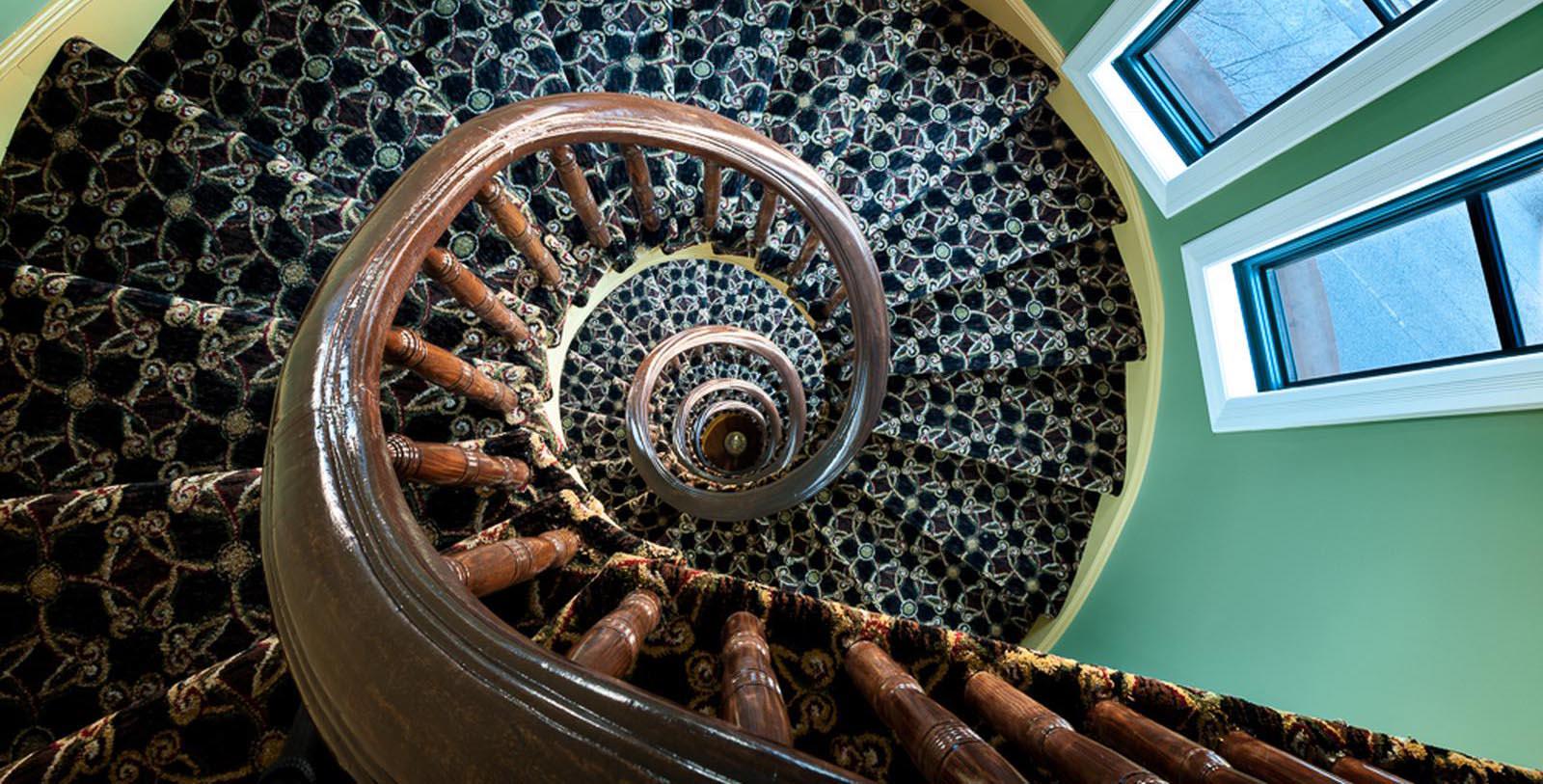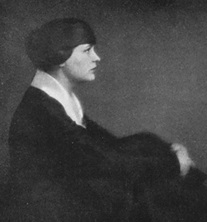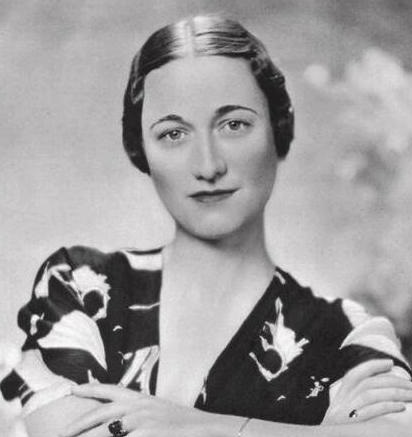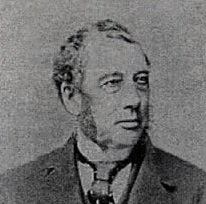Receive for Free - Discover & Explore eNewsletter monthly with advance notice of special offers, packages, and insider savings from 10% - 30% off Best Available Rates at selected hotels.
history
Discover Hotel Brexton, which is located in Mt. Vernon and was at the center of Baltimore's transformation in the 19th Century.
Located in the famous Mount Vernon Historic District, Hotel Brexton has stood as an iconic landmark in downtown Baltimore for well over a century. Its history it quite extensive, harkening back decades to the height of America’s Gilded Age. In 1868, the Baltimore City Council decided to elongate Park Avenue north of Richmond as part of its plan to expand upon the neighborhood of Mount Vernon. In doing so, the city council inadvertently made several oddly-shaped lots, the most notable of which was a triangular plot of land at the intersections of nearby Brexton and Tyson streets. The surrounding area soon became filled with rows of townhouses, as well as towering apartment buildings. Real estate developer Samuel G. Wyman decided to construct his own magnificent structure, partnering with architect Charles E. Cassell to build a “residential hotel” in the area. Purchasing the unique plot of land near Brexton and Tyson streets, the two men began building a spectacular, six-story edifice that they called the “Hotel Brexton.” Designed with Queen Anne-style architecture, Hotel Brexton was constructed with beautiful Baltimore pressed brick and Scotch sandstone. Inside, guests could expect to find stained and polished woodwork, as well as amazing French plate mirrors, stunning gilt, and ornate wallpaper. Hotel Brexton featured some of the best amenities of the day, too, including fireproofing, ventilation, and lavish décor. Yet, its most defining characteristic was perhaps its wonderful spiral staircase, which extended up through every floor of the hotel. Many hailed the structure’s debut, with even the Baltimore Sun referring to it as a “very handsome improvement.”
Wyman did not get to enjoy the fruits of his labor though, as he died just two years after the completion of the Hotel Brexton. Ownership over the building then fell to the Mary Byrd Wyman Memorial Association, which was a non-profit organization that Samuel had created some years prior. The building was then converted into an exclusive apartment complex. A few years later, two of the Hotel Brexton’s most famous guests moved into one of its suites: Bessie Wallis Warfield and her widowed mother, Alice. Bessie Wallis Warfield would eventually become known as “Wallis Simpson” to the American public, whose infamous relationship with King Edward VIII of the United Kingdom caused considerable scandal during the 1930s. (Bessie Wallis Warfield was a two-time divorcee when she met Edward Windsor, which was considered controversial in high British society. Edward subsequently had to renounce his claim to the throne in order to marry Warfield, allowing for his brother, George, to become king.) But long before Ms. Warfield’s fate intersected with the British Royal Family, she had spent her formative years living inside the Hotel Brexton. Following the death of her father, Teackle Wallis Warfield, in 1896, Bessie Wallis Warfield and her mother decided to live in a small apartment suite within the building. The two were incredibly destitute, with her mother barely making an income by selling needlework. They received little help from Teackle’s family, too, especially since several relatives had adopted an antagonistic attitude toward Alice herself. Bessie and her mother were eventually rescued from their cramped living conditions by Alice’s sister. Nevertheless, the experience greatly influenced Bessie’s later years, leading her down a path of adventure that eventually brought her into Great Britain’s royal household.
The Hotel Brexton was forced to close in the 1970s, due to changes that had occurred with local city ordinances,. After sitting dormant for two years, Rose Pettus Hayes wound up purchasing the building for a sum of $55,000, thus saving it from the wrecking ball. Concerned citizens banded together to try and restore the Hotel Brexton, which by this point had become increasingly dilapidated. Some people had even petitioned Mayor William Schaffer about the prospect of assisting with the renovations, asking for an investment of $520,000. Unfortunately, the request fell on deaf ears and the erstwhile hotel continued to stagnate. And when Rose Pettus Hayes died in 1985, another concerned local named Roger Wood stepped forward to help save the structure. He subsequently formed the Brexton Renaissance in an attempt to find more financing to preserve the building. While it continued to stay vacant, the organization nonetheless managed to keep it standing for some time. After several more attempts to refurbish the Hotel Brexton failed, Richard Naing of RWN Development eventually acquired the site with the intent on restoring it back its former glory. Naing subsequently worked alongside the local architectural firm Kann Partners and spent a total of $4.5 million on the project. Construction on Naing’s renovations finally ended in 2010, and the Hotel Brexton reopened once more as a brilliant boutique hotel. (The hotel also joined Historic Hotels of America afterward, too.) The Hotel Brexton has since emerged as one of the most luxurious holiday destinations in Baltimore, offering to its guests nothing but the best in hospitality and elegance.
-
About the Location +
Hotel Brexton resides in the neighborhood of Mount Vernon, which is among the most historical areas in all of Baltimore. The area continues to captivate the imaginations of locals and travelers alike, as it is home to such fantastic cultural destinations like the Baltimore Center Stage, the George Peabody Library, and The Walters Art Museum. It derives its name from the celebrated estate of America’s first president, George Washington. Many across the nation attempted to pay tribute to the man following his death in the late 1790s. The Maryland General Assembly was no exception, voting to erect a monument in Washington’s honor in downtown Baltimore. French architect Maximilien Godefroy originally attempted to create several plans for the monument, but the Maryland state government rejected all of his ideas. The assembly, thus, invited additional submissions through a public contest, with Robert Mills emerging as the victor. He submitted a plan for the creation of a 140-foot Doric column that rose from a rectangular base. Mills also intended for a brilliant sculpture of George Washington to sit upon atop the column, in which the late president would reside within a chariot pulled by the figures of four horses. The cost for the monument proved to be too great though, prompting Mills to abandon his plans for Washington’s likeness. (Instead, Italian artist Enrico Causici created an image of Washington holding onto a copy of his military assignment from the Revolutionary War.) Nevertheless, Mills completed the project in 1829, with several public parks opening alongside the monument over the next several years. By the middle of the century, the entire space became known as “Mount Vernon Place.” Several new blocks of buildings gradually appeared around the Washington monument, displaying some of the finest style of revivalist architecture popular in America at the time. Residents soon took to calling the area “Mount Vernon” after the public parks located in its heart. Today, contemporary architectural historians consider Mount Vernon Place and its surrounding environs to be one of the best examples of urban planning in the whole United States. As such, the U.S. Department of the Interior has even listed Mount Vernon on the National Register of Historic Places.
Founded at the start of the 18th century, the City of Baltimore itself is one of America’s most historic locations. The Susquehanna sporadically inhabited the region for centuries, until European colonists started building a small settlement at the site of the present-day Aberdeen Proving Grounds. Even though it quickly became the center of all economic and political activity in the region for the next few years, the village remained sparsely populated, nonetheless. In 1702, the colonial General Assembly of Maryland decided to create the “Port of Baltimore” several miles to the south at Locus Point (known at the time as “Whetstone Point). The politicians hoped that a proper deep water port on the Chesapeake Bay would give the nearby tobacco plantations and farms an easily accessible harbor from which to ship their products. The colonial administration then decided to charter a town around the port in honor of George Calvert, the 1st Lord Baltimore and founder of Maryland Colony. Called “Baltimore,” the town’s growth remained relatively slow, though, numbering only two dozen homes by 1752. Most people remained skeptical of Baltimore’s supposed ability to effectively transport their wares. But everything changed when one Dr. John Stevenson became incredibly wealthy by shipping his own flour out from Baltimore to customers in Ireland. As such, the town’s population exploded, as merchants began erecting wharves and warehouses to accommodate the amount of people who wanted to ship their products overseas. A few shipbuilding companies also established themselves within the town, too, constructing all sorts of schooners and clippers for local use. Furthermore, many industrialists sought to emulate Dr. Stevenson’s success by building their own flour mills on the small waterways that surrounded the settlement.
Baltimore had emerged as the dominated economic force along the Chesapeake toward the end of the 1700s. Its commercial prowess remained incredibly strong, even as Maryland found itself embroiled in the American Revolutionary War. Despite British attempts to blockade Baltimore and its harbor, many smugglers managed to elude the roaming bands of pirates and British naval vessels that patrolled the mouth of the bay. The city had grown so much that by the late 1790s, the Maryland legislature formally incorporated it—as well as the nearby communities of Fells Point and Jonestown—as the “City of Baltimore.” Its prosperous harbor and local manufactories had also made it one of the nation’s greatest economic centers in 19th century. But the city’s newfound status as a center for trade and commerce eventually brought it into the crosshairs of Great Britain once more during the War of 1812. After the British had successfully occupied the District of Columbia in August of 1814, Rear Admiral George Cockburn attempted to push north to capture Baltimore’s thriving seaport. Arriving in the middle of September, Admiral Cockburn and his ally—Major General Robert Ross—attempted to invade the city in what would become remembered as the “Battle of Baltimore.” In response, the local residents had hurriedly erected a series of imposing fortifications for over a year. Most of their entrenchments ultimately linked up with the imposing Fort McHenry, located at the mouth of Baltimore Harbor. On September 12, British soldiers under General Ross attacked the city by foot, driving the American militia back to their breastworks. Admiral Cockburn then began a savage naval bombardment the following day, which lasted for 25 hours. After several British marines failed to capture For McHenry—one of the main targets of the barrage—Admiral Cockburn and General Ross determined that seizing Baltimore was too dangerous and departed. The unexpected victory galvanized the nation. Author Francis Scott Key—who had watched the entire battle as a captive onboard a British warship—even wrote a poem in honor of Baltimore’s triumph called, “Defense of Fort M’Henry.” Decades later, Scott’s verses would become the lyrics to America’s national anthem.
Baltimore continued to grow in economic importance as the century progressed, with its primary industries rooted in shipbuilding, sawmilling, and textile manufacturing. The local countryside also continued to produce tobacco and grain for shipment elsewhere in the world. The development of the historic National Road and the Baltimore & Ohio Railroad—America’s first—only further reinforced the city’s preeminence within the country. By the beginning of the 20th century, Baltimore had emerged as one of the most important economic centers in the United States. By then, its factories were also producing chrome, cooper, and steel products, while its ports routinely ferried iron ore and coal. Dozens of fertilizer plants had also opened in downtown Baltimore, as did food processing centers and garment workshops. Baltimore was even the nation’s largest supplier of fresh oysters! Millions of immigrants arrived in Baltimore around the same time, too, making second only to New York City as a national port-of-entry. As such, thousands found jobs within the city’s vibrant economy. This renaissance continued through World War II, as businesses across Baltimore made everything from gas masks to tanks and jeeps. Local shipyards manufactured hundreds of ships for the war effort, too. One local company—Martin-Marietta—even produced the B-26 and B-29 long-range bombers! Today, Baltimore is still one of the nation’s most influential cities. It is home to many fascinating cultural attractions, such as the Baltimore Museum of Art, the Baltimore Museum of Industry, and the Maryland Science Center. Its Inner Harbor is one of the most popular heritage destinations in the entire United States, as it contains destinations like the Seven Foot Knoll Lighthouse, the U.S.S. Torsk, and National Aquarium. Fort McHenry today is open to the public, as well, protected by the National Park Service as a National Historic Landmark. Truly, few places are better in America for a historical vacation than Baltimore, Maryland.
-
About the Architecture +
Hotel Brexton displays some of the finest Queen Anne-style architecture in the state of Maryland. Considered a successor to Eastlake architecture, Queen Anne became a widely popular architectural style at the height of the Gilded Age. Named in honor of the 18th-century British monarch, Queen Anne, the architectural form started in England before migrating to the United States. Yet, its name is misleading, as it actually borrowed its design principles from buildings constructed during the Renaissance. While the appearance of Queen Anne-style buildings may differ considerably, they are all united by several common features. For instance, they are typically asymmetrical in nature, and are built with some combination of stone, brick, and wood. Those buildings also feature a large wrap-around porch, as well as a couple polygonal towers. Those towers may also be accompanied by turrets along the corners of a building’s exterior façade. And like Shingle-style architecture, structures designed with Queen Anne-style design principles may also have pitched, gabled roofs that feature irregular shapes and patterns. Intricate wood carvings are a common sight throughout their layout, too, and are often designed in such a way to resemble different objects. As such, guests viewing the architectural features of Queen Anne architecture many feel as if they had been staring at an illusion! Clapboard paneling and half-timbering are a few other forms of woodworking that are regularly found somewhere within a Queen Anne-style structure. Nonetheless, the innate aspects of the hotel’s brilliant Queen Anne architecture blends seamlessly with its Shingle-style aesthetics, giving it a rare, beautiful appearance.
-
Famous Historic Guests +
Wallis Simpson, Duchess of Windsor and wife to King Edward VIII (the future Duke of Windsor upon his abdication in 1936).



































